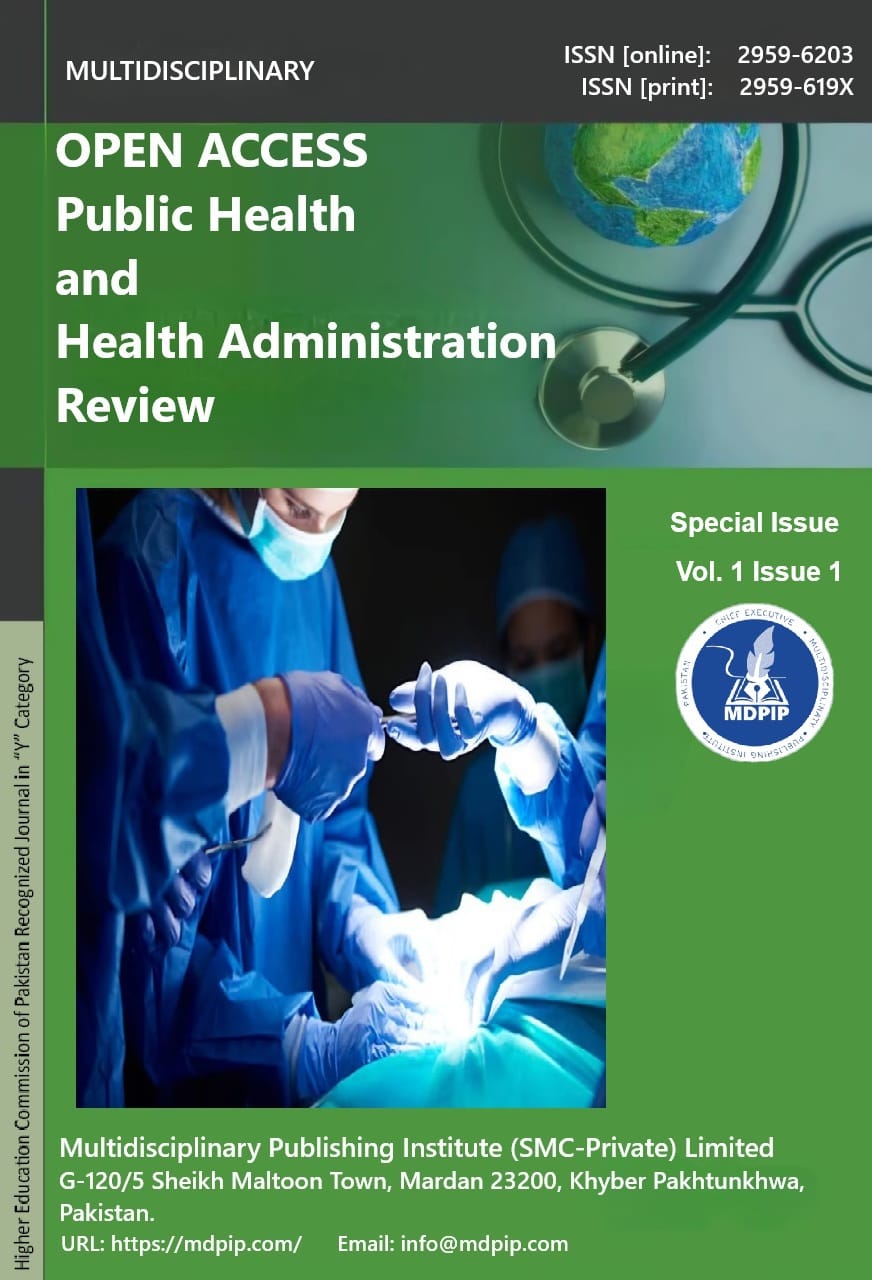A Study on the Prevalence, Health, and Diversity of Gastrointestinal Parasites in Birds (Captive and Domestic) in Dera Ismail Khan, Pakistan
DOI:
https://doi.org/10.59644/oaphhar.1(1).232Keywords:
Gastrointestinal Parasites, Avian Parasitology, Nematodes, Protozoa, Trematodes, Ascaridia GalliAbstract
To create baseline data for regional avian health management, this study examined the variety and incidence of gastrointestinal (GI) parasites in domestic and captive birds in Dera Ismail Khan, Pakistan. Using flotation, sedimentation, and direct wet mount methods, 800 fecal samples from 40 bird species (20 domestic and 20 captive/wild) were gathered and analyzed. 349 of these samples had positive endoparasitic infection tests, resulting in a 43.6% overall prevalence rate. Nematodes accounted for 46% of the identified parasites, followed by cestodes (24%), protozoa (20%), and trematodes (10%). Of the positive cases, 49.6% had mixed infections. The infection incidence was substantially greater in domestic birds (53.8%) than in confined birds (38.1%) (P<0.05), which reflected exposure variations associated with management, such as environmental contamination and free-ranging behavior. Ascaridia galli, Heterakis gallinarum, Capillaria species, Eimeria species, and Raillietina species were the most common parasites. With consequences for both production and zoonotic risk, the results show that gastrointestinal parasitism is a significant health barrier for the local avian species, especially domestic chicken. It is strongly advised to implement integrated parasite management methods that prioritize better biosecurity, cleanliness, and the strategic use of anthelmintics.






